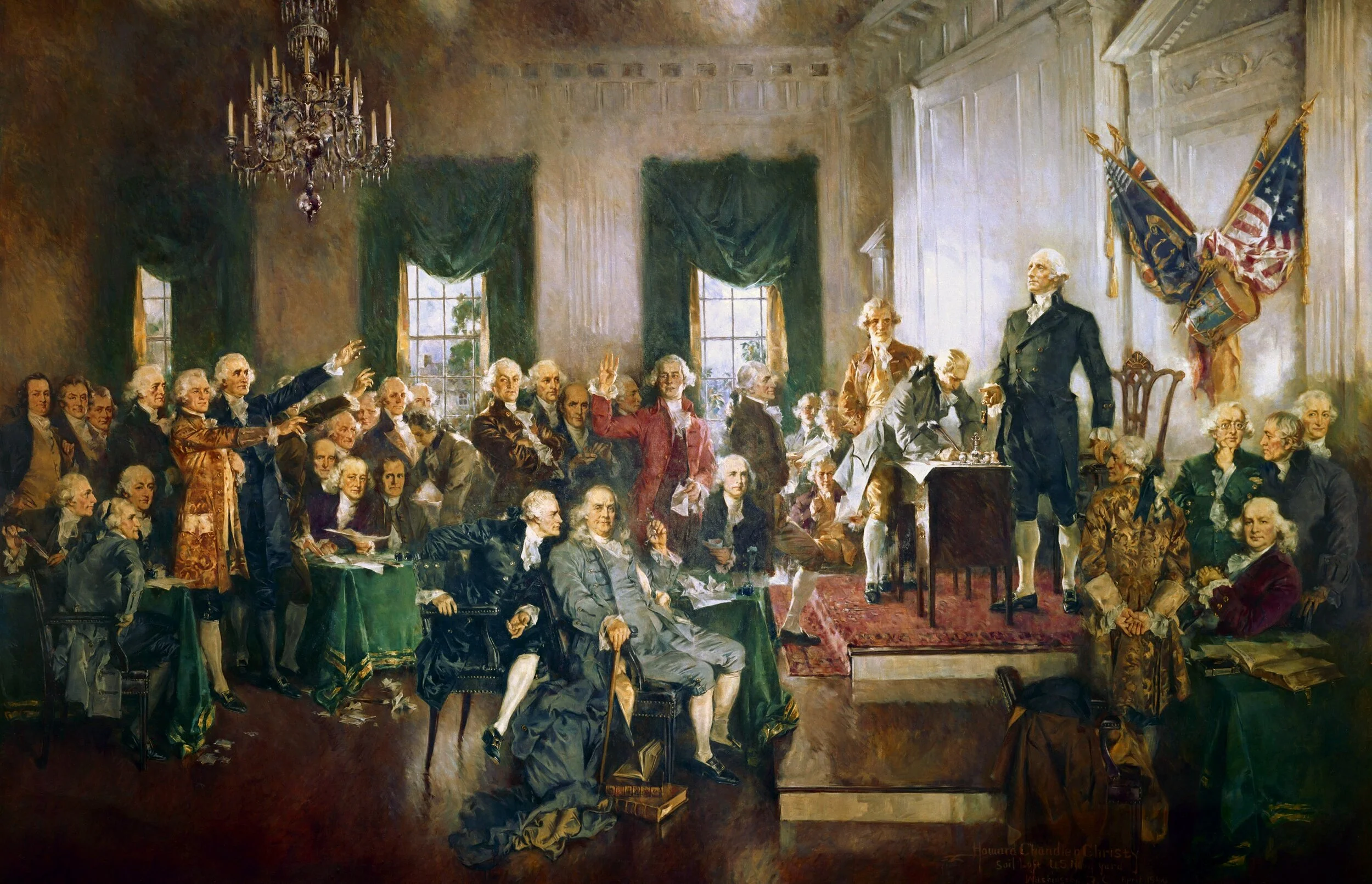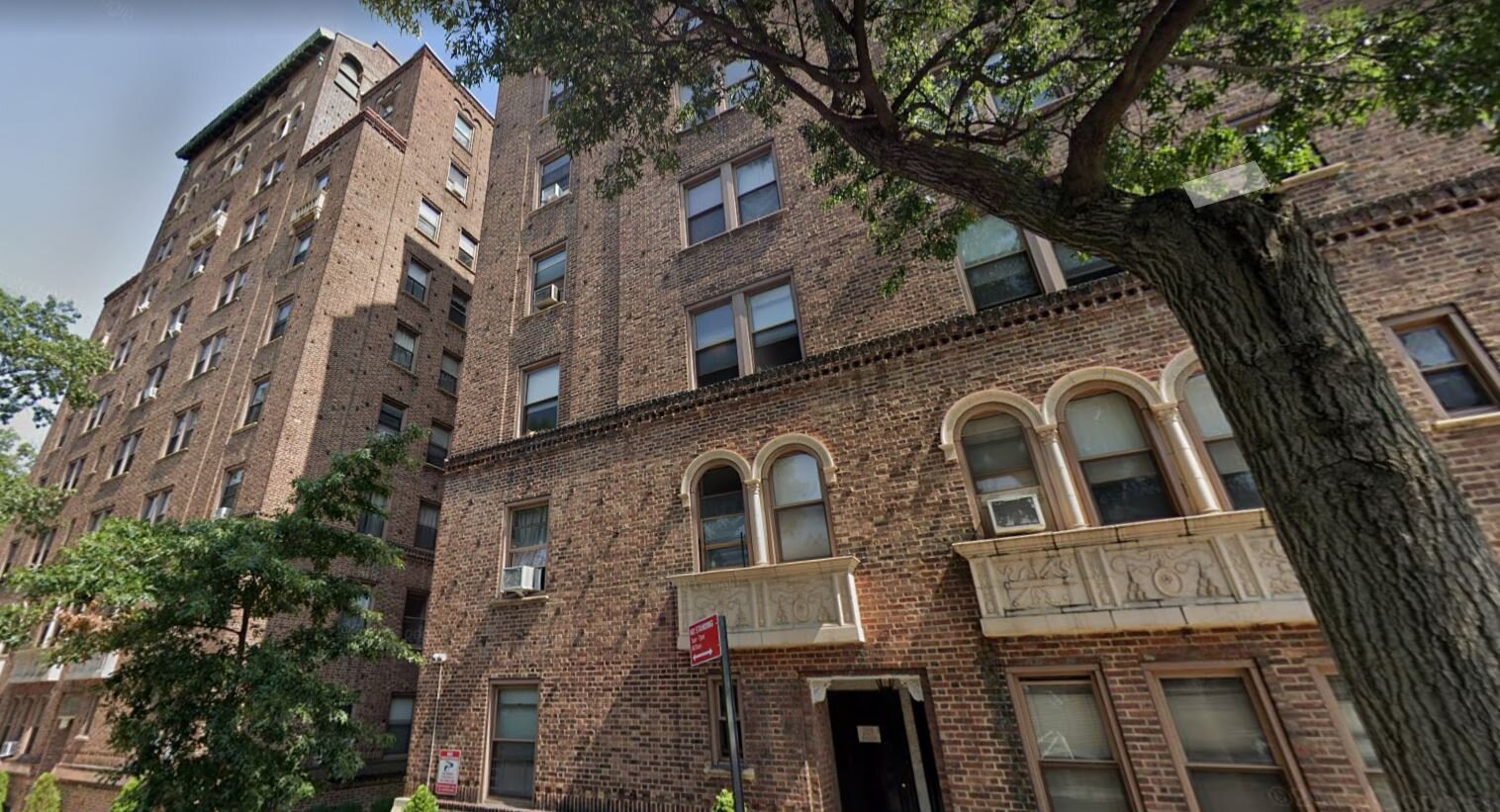Expert Error: The Kitty Genovese Murder
/Our greatest challenge in knowing what’s true is deciding whether to trust sources. Most of the things we believe we know have been told to us by someone else rather than by us observing them ourselves. We trust sources for most of what we know. So it is especially worrisome that sources are so often unreliable. Here is a famous and notorious example.
Kitty Genovese
Kitty Genovese was murdered on the streets of New York City in 1964. There were more than 600 murders in New York that year, and initially this one didn’t attract much attention. But two weeks after the murder, a front-page article in the New York Times revealed an astonishing detail. The Times said that 37 or 38 people had watched the brutal attack from their apartment windows. The 28-year-old Genovese was stabbed, raped and killed in plain sight. None of the neighbors lifted a finger to help.
The idea that so many people could be so uncaring and passive rocked the nation. New York’s reputation suffered. Tourism and in-migration waned. The biggest effect came in the fields of psychology and sociology. Psychologists invented a new concept, which they called the Bystander Effect or the Genovese Syndrome, to describe the tendency of individuals in a large group to wait for someone else to take action.
Experts offered theories on why what had taken place did, with none of these theories really answering the fundamental question. Over the decades, the case took on a larger and more significant role to the point where it came to represent one of the less appealing aspects of basic human behavior.
The nation was in a bad mood at the time. It was just four months after the Kennedy assassination. There was racial unrest in cities across the country. Vietnam was looking like big trouble. The Genovese murder and the story of her callous neighbors encapsulated what was wrong with the country.
More than half a century has passed, and psychology text books still teach the Genovese Syndrome. Internet sites still recall the tragedy:
The name “Genovese syndrome” comes from a crime that happened in the USA in 1964, when a man stabbed a woman named Kitty Genovese in front of her apartment in front of dozens of witnesses. No one did anything to help.
But here’s the thing: that’s not what happened. Yes, Kitty Genovese was stabbed and murdered. But the more sensational story of the callous neighbors didn’t. The familiar story is wrong in many particulars.
The source cited above reads, “Kitty Genovese was on her way home after a long work day.” Those words conjure in the minds of most readers an image of their own commute home “after a long work day.” They probably imagine a crowded subway car or heavy rush-hour traffic in the late afternoon. But Genovese was a bartender. She was coming home through deserted streets after 3:00am. Her neighbors were mostly asleep with their windows closed against the late-winter chill.
The Kew Gardens apartment building, seen from the street where Kitty Genovese was attacked
When the attacker moved in and Genovese screamed, no one was looking out their window. Rather, her Kew Gardens neighbors would have been sleeping. Their first impulse would have been to think “bad dream” and go back to sleep. There is some doubt question about how loudly Genovese was able scream. She suffered a punctured lung during the first attack, and she might not have been able to vocalize very much. She must have made some noise, because according to a later investigation, people in apartments on the side of the building facing the street did get out of bed and look out the window. One man shouted and scared the attacker away. Genovese was wounded by this time, but she staggered around a corner and disappeared.
The killer ran away, but came back and caught up with Genovese in the vestibule of her apartment building. This was out of sight and out of earshot from the street where the incident started. Police had been called by this time. More than one person called, in fact, because the police told one caller they were already responding. One older neighbor lady went down to the vestibule to comfort Genovese and was with her when the police and ambulance arrived.
According to police reports, there was not a crowd of passive witnesses. Investigators found no more than five people who heard or saw anything useful for the investigation. And those people had shouted at the the attacker, called the police, or gone downstairs to comfort the victim. All these details are in the official police reports and were known at the time the newspaper article was written and published.
How did the inaccurate story happen?
News reporters often decide ahead of time what story they want to write, and then look only for details that support the narrative they choose to write. The passive onlooker angle was manufactured by a Times reporter named Martin Gansberg. The crime itself was old news, but the editor needed a new story for another day. So Gansberg and his editor cooked something up.
Journalism professionals later investigated, and the Columbia Journalism Review found that Gansberg’s editor got the idea for the passive witnesses angle from a police officer who had complained about witnesses not cooperating with police on a different investigation.
You should ask why the version of the story told here is more credible than the Times report. And the answer is that this version of the story agrees with the original New York Times report on the crime, with the reports filed by police investigators, and with the follow-up investigations of a committed truth-seeker named Joseph de May, Jr.
The Kitty Genovese murder is remembered nearly 60 years after it happened, and the scientific fields of psychology and sociology have integrated the story into their canon of knowledge. But the part of the story that has been longest remembered and most influential on society is not even true.
Think:
Do you agree that people are more likely to make us stories and tell lies if they think they can get away with it?
Does it surprise you that a writer for the nation’s largest newspaper made up a lie?










